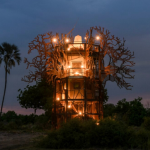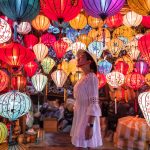
by Kelley Ferro
When the travel bug hits and I daydream about about traveling to far off lands, one of the first images to pop in my head has always been the temples and pyramids of Egypt. Ancient Egypt was not only intricate, advanced, and impressive, it’s one of the few historic cultures that still has such a global presence even today. I am willing to bet that the majority of “bucket lists” in the world list a visit to Egypt.
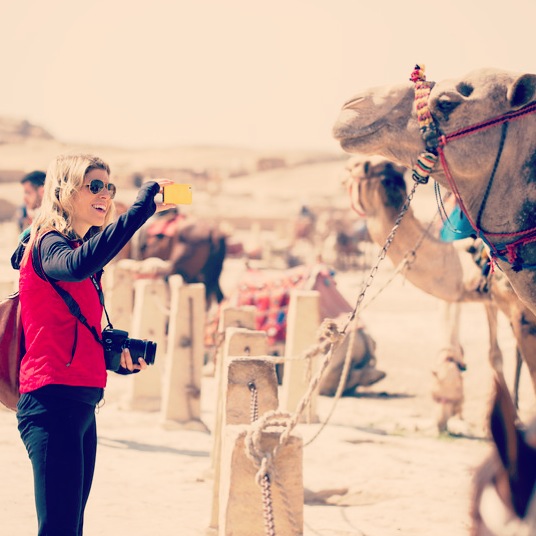
Luckily, Egypt was our first destination for our Living Local, Traveling Global series, and flying over, I had all sorts of ideas about what Egypt would be like from classes, movies, news and stories–but it was nothing like what I had imagined.
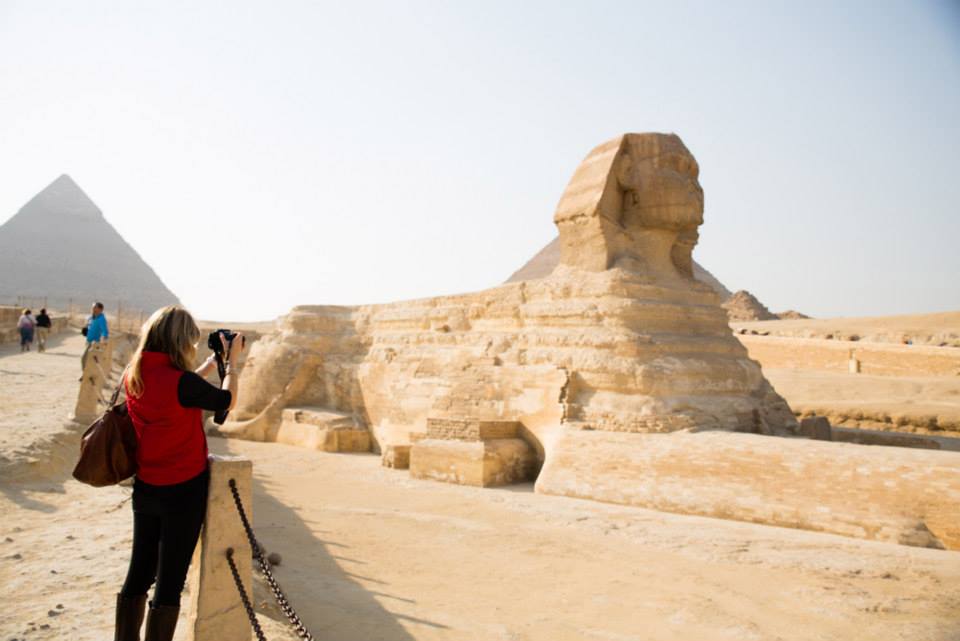
I felt like I had entered a lucid dream. One minute I was dozing in plane seat and the next I was mouth agape, staring at the MASSIVE Pyramids of Giza. I wasn’t sure if it was my jetlag but I almost thought these world renowned sites were mirages. This complete wonderment only continued throughout the trip–from the glittering treasures of King Tut’s tomb at the Egyptian museum to the perfectly preserved hieroglyphs deep in the underground chambers. But something else amazed me that I hadn’t anticipated.

The people of Egypt were so gracious and eager to share their country with us. Everyone met us with smiles and warmth. From the moment I landed, I felt like I was taken in by Egypt, under its hospitable arm. The guides on our Abercrombie & Kent tour were great ambassadors as well, they treated us like family and were so open about their daily lives.

Of course, I looked obviously like a tourist and had a camera on me, but that only made the locals want to chat with me more.
“Where are you from?”
“How do you like Egypt?”
These phrases were common no matter what street corner, temple or restaurant we visited.
But most of all, “thank you for coming to our country.” This one truly got me. Egypt is more than just its ancient wonders. Those are truly spectacular, don’t get me wrong, but there’s an even richer beauty found within the locals.
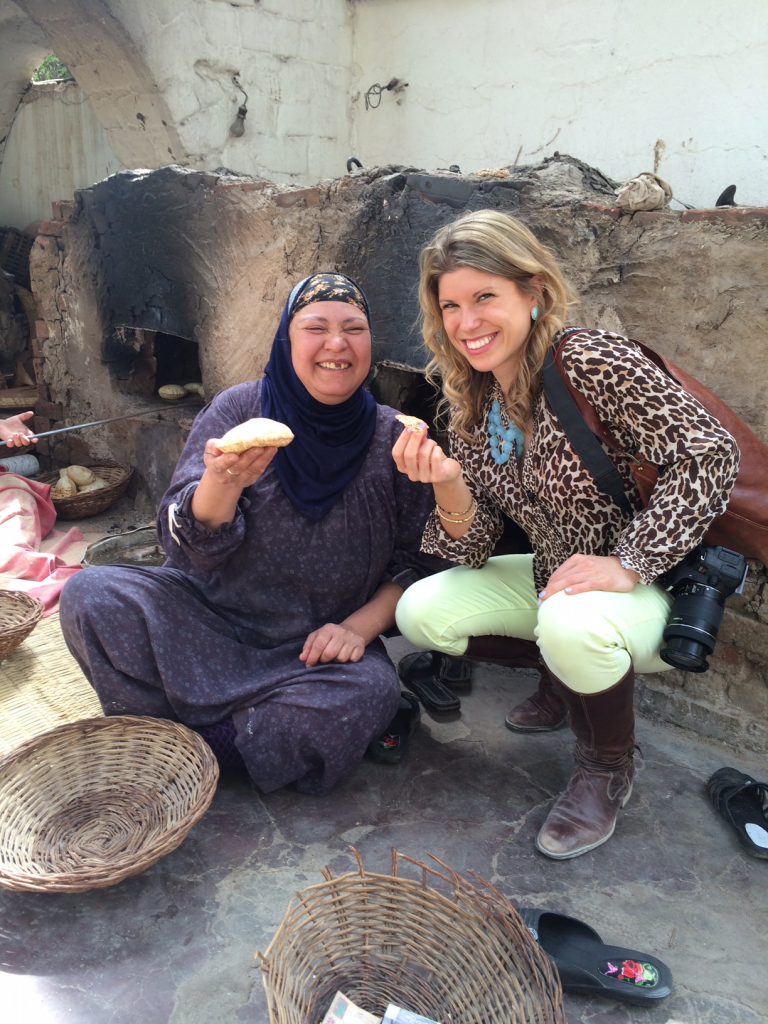
Our purpose was to travel deeper, experience a destination through its people. In this case, it was to see the Egyptians living their day-to-day lives. Because we had a reason to go deeper, ask more questions and get more involved with the locals, we were able to capture these little golden moments of connection. The Sphinx is great, but learning about spices from a shopkeeper in the Luxor market or joking with a young girl speedily weaving a rug made an even more lasting impression on me.
Kelley Ferro is a travel expert & video journalist living in NYC. She films her show, Get Lost, around the world–hopping on a plane at least twice a month She is also the executive producer for Tripfilms.com. For more on her travels, follow Kelley’s Facebook page.
Posted in:
